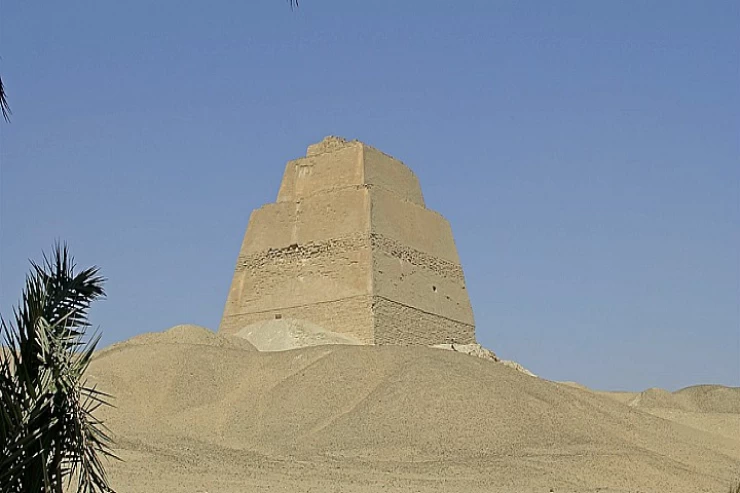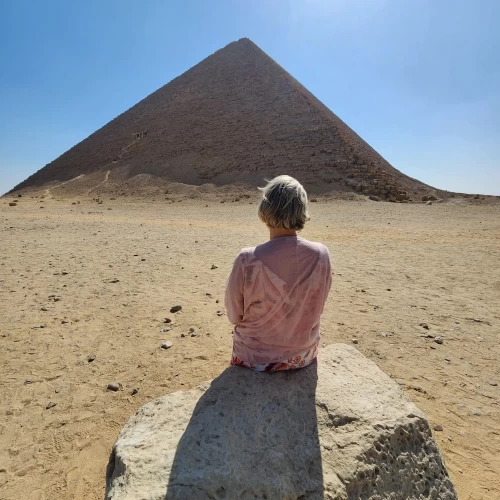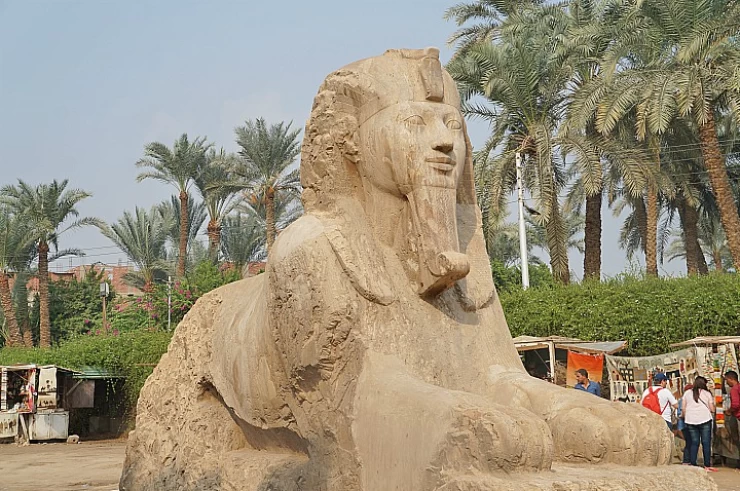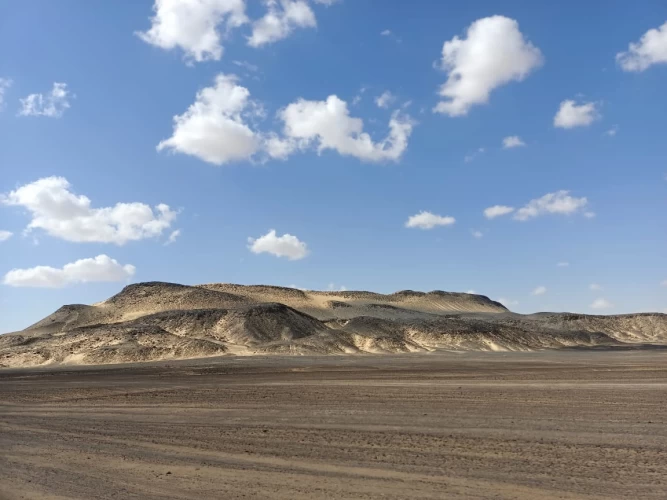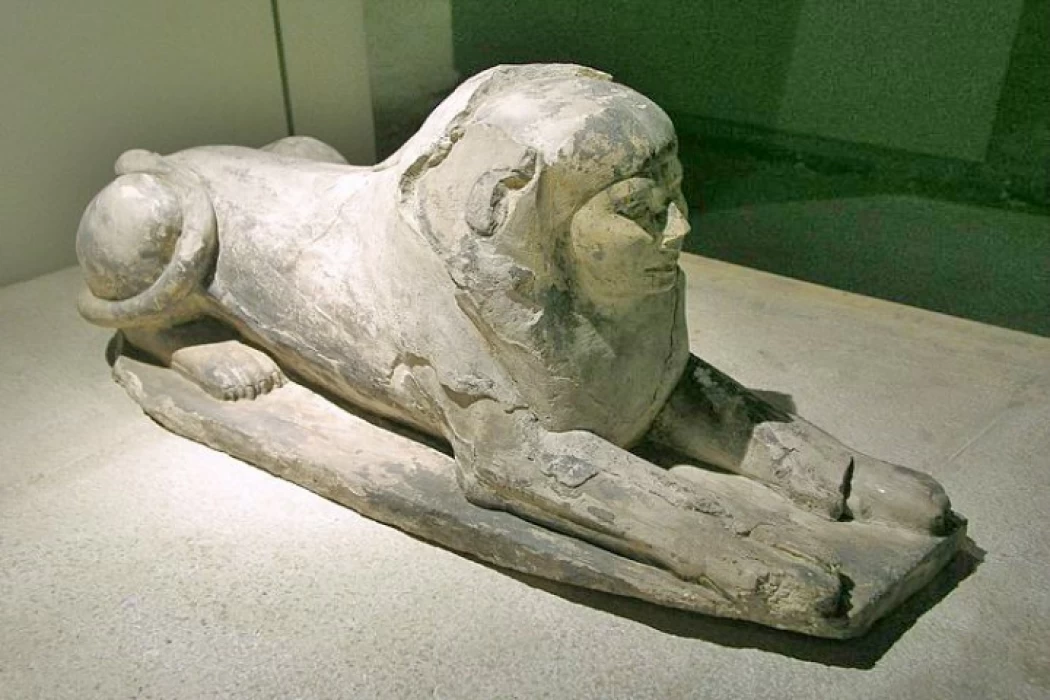
King Djedefre | Successor of Cheops
King Djedefre
The fourth dynasty of Egyptian pharaohs was led by Dyedefra, also known as Radedef. Between 2558 and 2550 BC, roughly, was his rule. Although his name is illegible, the Turin Canon gives him credit for an eight-year reign. He is named Dyedefra in the Royal Lists of Abydos and Saqqara.
King Djedefre is a pharaoh who, for the short duration of his reign, should not have played an important part in the history of the dynasty, but the choice of the place where he built his pyramid, Abu Roash, suggests that there were dynastic complications related to his name.
It seems that Djedefre, son of Cheops and a Libyan bride, had, for this reason, fewer rights to the throne than other princes.
After Cheope's death, Djedefre is believed to have had his eldest brother Kanab assassinated, who was born of an Egyptian bride of the deceased pharaoh and therefore had greater rights to the throne.
Successor of Cheops
Choosing a location far from Giza for its pyramid would have been dictated by the calculation, in order not to force the hand in wanting to appear at all costs the legitimate successor, as it would have meant having a tomb prepared next to Cheope's.
After eight years of reign, Djedefre would have died, possibly assassinated by the order of Chephren, who thus brought the fourth dynasty back into the Egyptian family. Confirmation of the illegitimacy of the throne of Djedefre seems to be given by the discovery of some of his statues intentionally torn to pieces and by the abrasion of his name made on some monuments.
If you're planning to visit Egypt, then you should consider reviewing our detailed Egypt travel guide, as it is a unique experience during Egypt Tours that is not comparable with any other things to do in Egypt.







